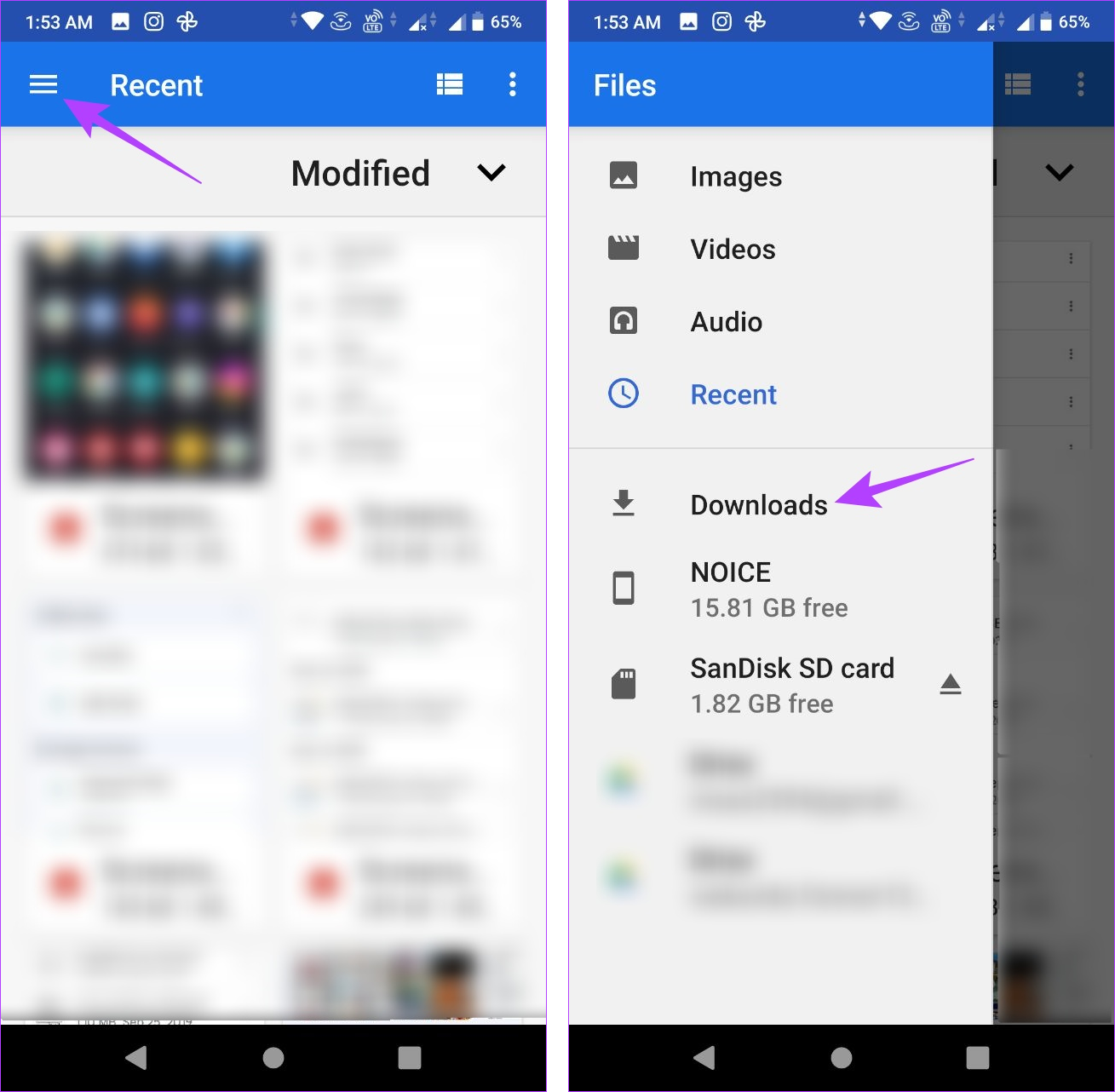download from phone android Fundamentals Explained
download from phone android Fundamentals Explained
Blog Article
Downloading and install documents on your Android device is straightforward, yet situating them can be a inconvenience. Before you know it, photos, videos, screenshots, and various other documents clutter your phone. You need to know where those downloads went to ensure that you can erase unnecessary files that are taking up area on your phone.

This guide reveals you exactly how to locate an crucial file that went away and exactly how to organize your Downloads folder. Right here's how to locate downloads on your device, whether you make use of one of the best Google Pixel phones or an additional Android smartphone.
Discover your downloads with the default documents manager
Every phone manufacturer might offer a special pre-installed Android application for arranging files, yet your usage must be comparable. If you have a Samsung device, you can consult our guide on finding downloads on your Samsung Galaxy phone.
Much like various other preferred operating systems, Android has a assigned Downloads folder for saving files. To locate your downloaded documents on your tool, follow these steps:
1. Open the Documents or My Documents application from the home display or app drawer.
2. Search for a section called Downloads.
3. Touch it to see the files you downloaded.
Make use of the Documents by Google application for your downloads
Numerous Android data manager applications on the Google Play Shop permit you to situate your downloaded files. Documents by Google is just one of the most effective options if you don't want to take care of difficult UIs. It's additionally a great replacement for any type of default data supervisor app preinstalled on your device.
4. Open the Data application.
5. Select the Browse tab near the bottom.
6. Faucet Downloads.
7. Select the Download and install tab to see the documents in that folder.
Locate your downloads manually
If you're unable to locate the Downloads folder on the major web page of your data manager app, try accessing your phone's inner storage space rather. Here's a detailed overview on exactly how to do it:
1. Open up the Data app.
2. Select the Browse tab near the bottom.
3. Scroll down and most likely to Inner storage.
4. Tap the Download folder.
Relocate your downloads to an additional place
Moving files away from the Downloads folder is useful for several reasons, specifically for documents including exclusive or personal info. Placing these documents into their folder keeps them protected and makes it challenging to delete them accidentally. It also avoids them from getting hidden and mixed with the various other arbitrary data you download and install.
1. Open the Files app.
2. Navigate to your Download folder.
3. Tap the three-dot menu to the right of any file.
4. Choose the Move to option.
5. Tap Internal storage at the bottom.
6. Select any location or folder.
7. Tap Move here to transfer the file to that location.
Additionally, you can utilize the Copy to feature and transfer these files to a different location. This enables you to create numerous copies without deleting the original files from your Download folder.
View the exact location of your downloadsM/b >
You may want to see the location of the Download folder for various reasons from time to time. Tap the three-dot menu next to one of your downloaded files and go to File info. The/ storage/emulated/0/ Download path is the default for many modern Android devices. Some third-party web browsers might save files to a different folder, but this should be android download for tablet the location for most downloads.
Managing your downloads is easier than you think
Google's Files app is a great option if you prefer simplicity in a file manager. It has a clean UI and easy-to-use features. The app neatly organizes your documents by file types like downloads, images, videos, and audio. It also offers to clear junk files.
When it comes to organizing and cleaning, you can create extra storage room by mastering the removal of unnecessary WhatsApp media files. On select Android devices, you have the option to add an SD card if storage space remains limited.
Report this page